Kodo millet stands out as a diabetes-friendly grain owing to its attributes that support better blood sugar management. With a lower glycemic index compared to certain grains, kodo millet facilitates a slower release of glucose into the bloodstream, aiding in steadier blood sugar levels. Its richness in dietary fiber contributes to improved digestion, increased satiety, and a slower absorption of sugars, thereby potentially assisting in regulating blood sugar spikes and enhancing insulin sensitivity.
Table of Contents
What Is Kodo Millet?
Kodo millet, scientifically known as Paspalum scrobiculatum, is a type of millet belonging to the Poaceae family. It is an ancient grain cultivated predominantly in parts of India, particularly in states such as Karnataka, Tamil Nadu, and Andhra Pradesh.
Kodo millet is a resilient crop known for its adaptability to dryland farming conditions and its ability to grow well in semi-arid regions. The grains of kodo millet are small, rounded, and come in various colors, ranging from light brown to dark brown or even black.
Nutritionally, kodo millet is rich in essential nutrients such as dietary fiber, protein, vitamins (especially B-complex vitamins like niacin and thiamine), and minerals including calcium, iron, magnesium, and phosphorus. It is also known for having a lower glycemic index compared to some other grains, which could be beneficial for managing blood sugar levels, particularly for individuals with diabetes.
In culinary use, kodo millet is versatile and can be utilized in various dishes such as porridge, upma, dosa, idli, and even as a rice substitute. Its nutritional value, coupled with its adaptability and diverse culinary applications, makes kodo millet a valuable addition to diets seeking a range of nutritious grains.
What Makes Kodo Millet Good For Diabetics?
Kodo millet presents several benefits for individuals managing diabetes due to its distinctive nutritional profile and health-promoting characteristics. Notably, kodo millet boasts a low glycemic index, enabling a gradual release of glucose into the bloodstream, aiding in maintaining more consistent blood sugar levels. Its richness in dietary fiber supports improved digestion, regulates blood sugar spikes, and fosters a prolonged feeling of fullness, aiding in weight management—a crucial aspect of diabetes care. Additionally, kodo millet contains essential nutrients such as B-complex vitamins, calcium, iron, magnesium, and phosphorus, contributing to overall health and potentially aiding in reducing diabetes-related complications. Being gluten-free, kodo millet offers versatility in various diabetic-friendly dishes, including porridge, upma, dosa, and idli, providing diverse and nutritious meal options.
Benefits Of Kodo Millet For Diabetics:
Kodo millet is often considered a diabetes-friendly grain due to several factors that make it beneficial for individuals managing diabetes or aiming for better blood sugar control:
- Low Glycemic Index (GI): Kodo millet has a lower glycemic index compared to certain other grains. Foods with a lower GI release glucose into the bloodstream more slowly, leading to steadier blood sugar levels. This quality can assist in managing blood sugar spikes, making it suitable for individuals with diabetes.
- Rich in Fiber: Kodo millet is a good source of dietary fiber, which aids digestion, promotes a feeling of fullness, and slows down the release of sugar into the bloodstream. This can help regulate blood sugar levels and improve insulin sensitivity.
- Nutrient Composition: Kodo millet contains essential nutrients like protein, fiber, vitamins, and minerals such as calcium, iron, and magnesium. These nutrients play a role in overall health and can contribute to better management of diabetes-related complications.
- Gluten-Free Nature: Like other millets, kodo millet is naturally gluten-free. For individuals with both diabetes and gluten sensitivity or celiac disease, incorporating gluten-free grains like kodo millet can be advantageous.
-
Culinary Versatility: Kodo millet can be used in various dishes, including porridge, upma, idli, dosa, and can also be used as a rice substitute, providing flexibility in meal planning for individuals with diabetes.
Is Kodo Millet The Best Millet For Diabetics?
While kodo millet possesses qualities beneficial for individuals managing diabetes, it's challenging to determine a single "best" millet for diabetics. Various millets, including kodo millet, foxtail millet, barnyard millet, and others, offer unique nutritional compositions and health benefits that can aid individuals with diabetes. Each type of millet has its own advantages, and the "best" choice may differ based on individual preferences and dietary needs.
Kodo millet is renowned for its lower glycemic index, high dietary fiber content, and essential nutrient profile, making it suitable for individuals with diabetes. However, other millets, like foxtail millet or barnyard millet, also possess similar attributes such as a lower glycemic index, fiber content, and essential nutrients, offering comparable benefits for managing blood sugar levels.

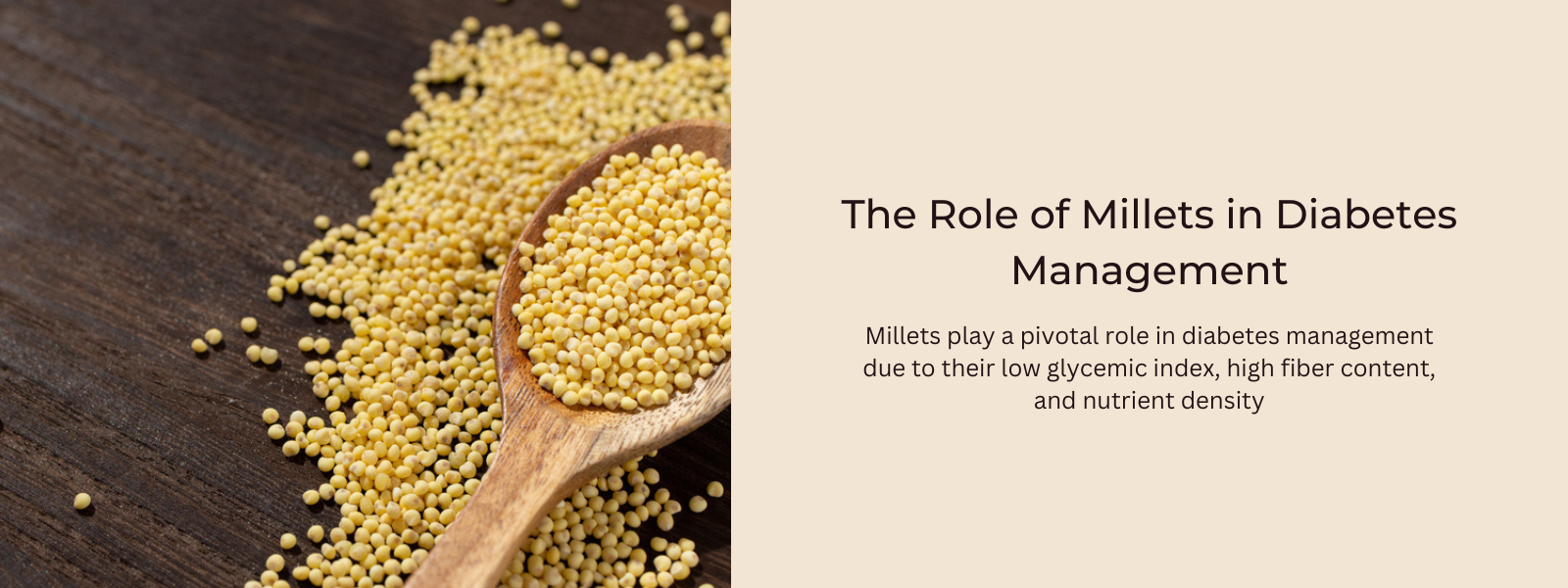
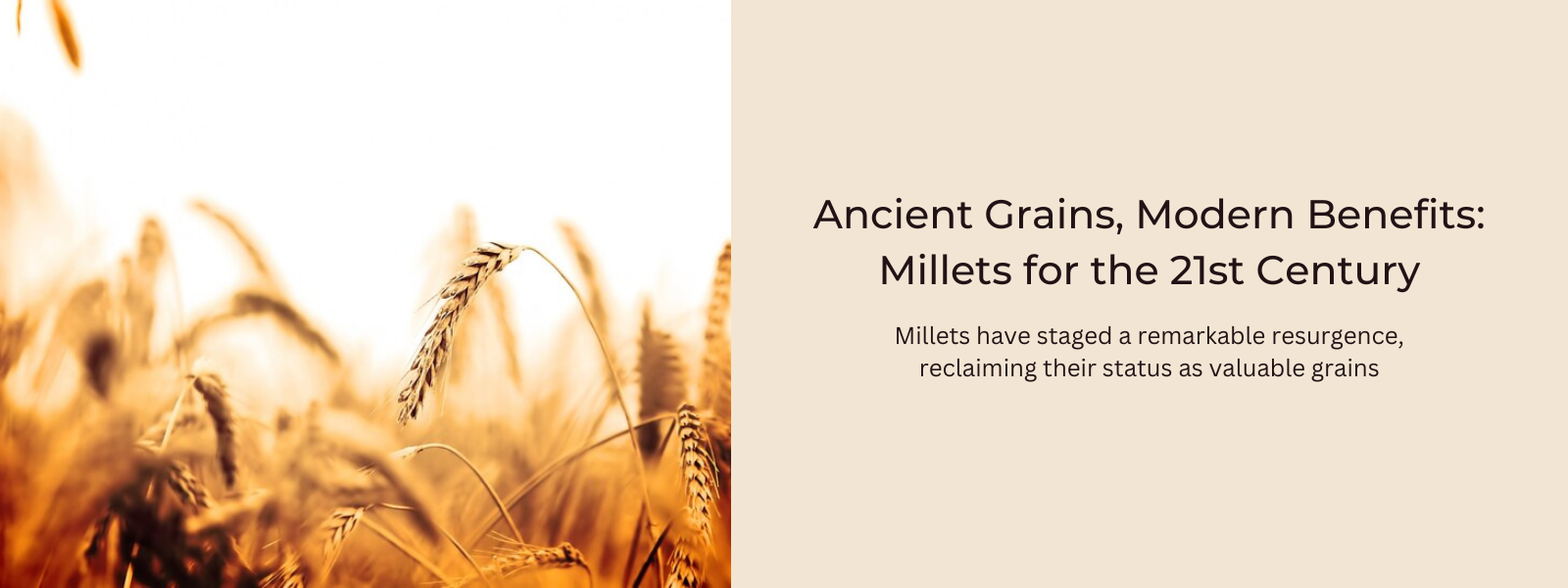
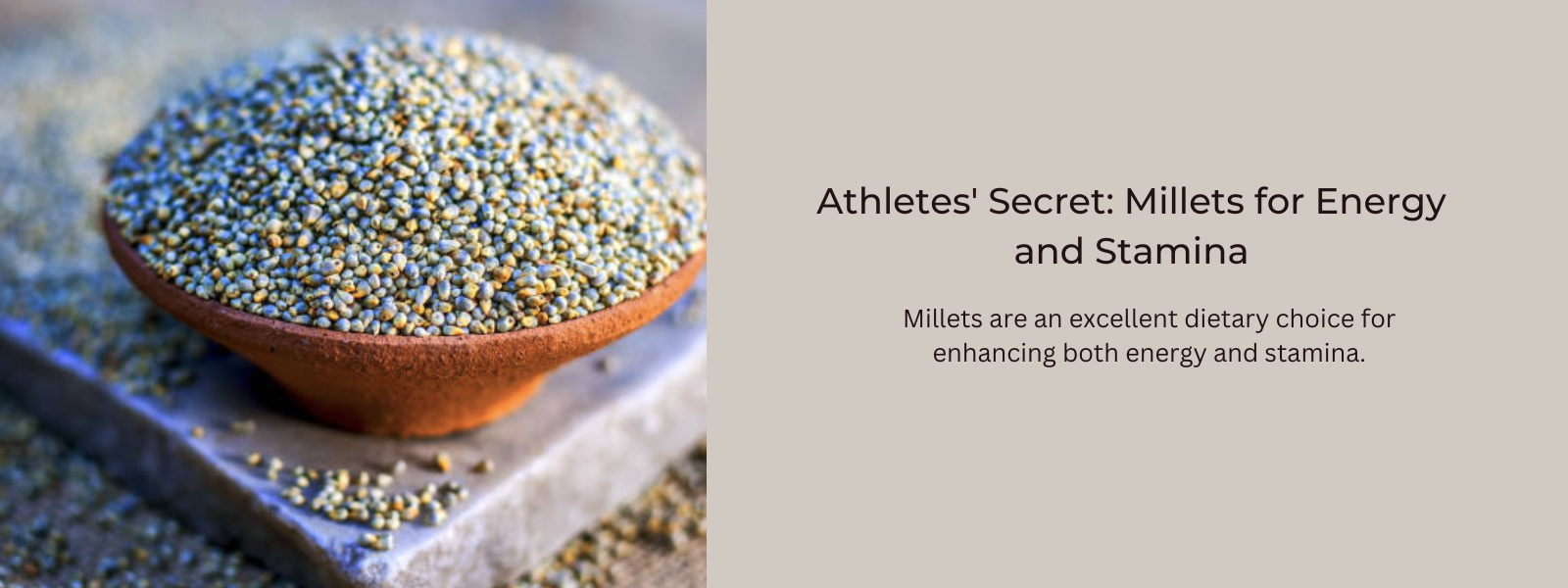
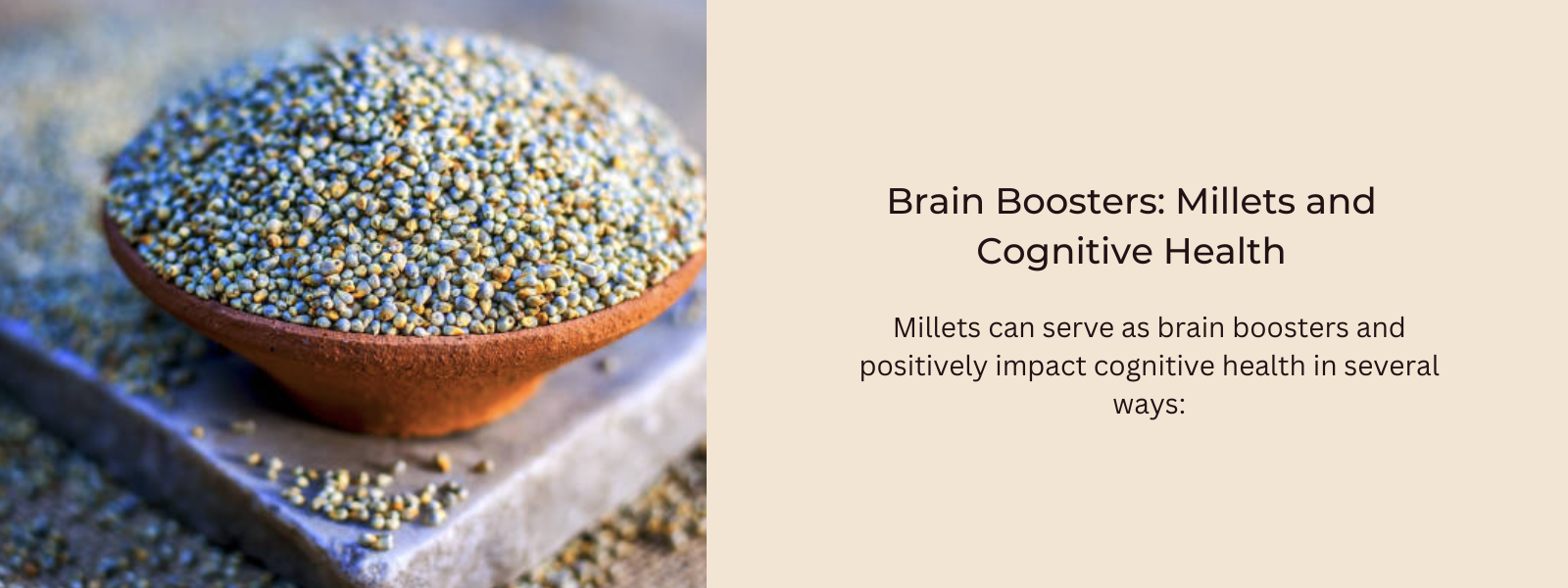

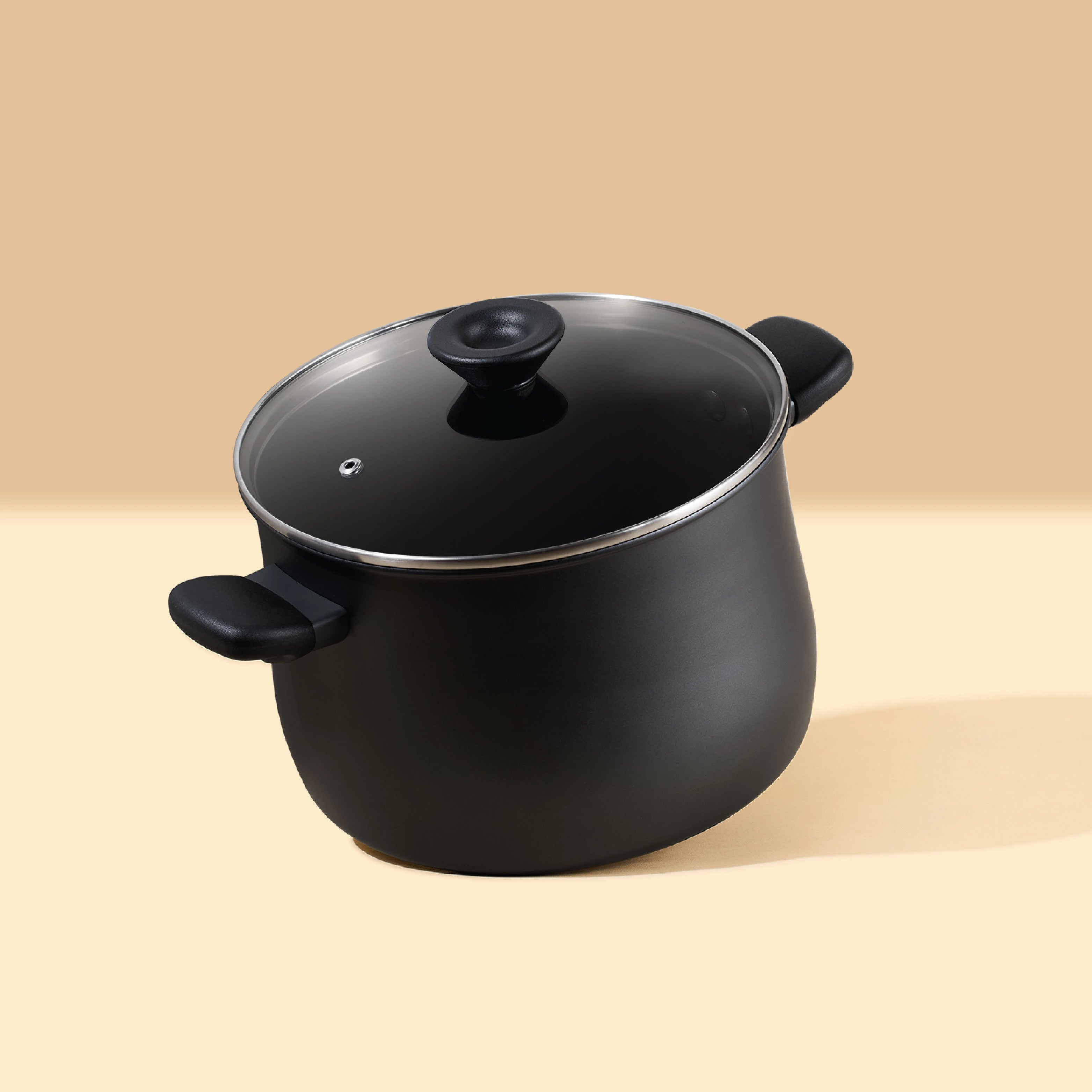




Leave a comment